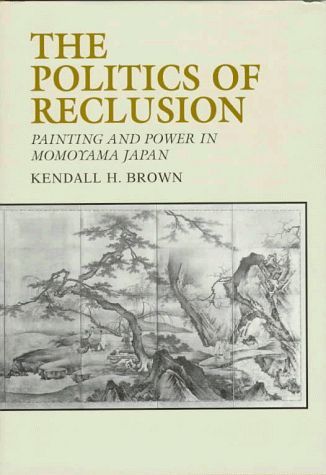
The Politics of Reclusion Paintineg and Power in Momoyama Japan
The Chinese themes of the Four Graybeards of Mt. Shang and the Seven Sages of the Bamboo Grove figure prominently in the art of Momoyama-period Japan (ca. 1575-1625). Kendall Brown proposes that the dense and multivalent implications of aesthetic reclusion central to these paintings made them appropriate for patrons of all classes - the military, who were presently in power, the aristocracy, who had lost power, and the Buddhist priesthood, who forsook power. These paintings, and their attendant messages, thus serve as dynamic cultural agents that elucidate the fundamental paradigms of early modern Japanese society. Unlike traditional art history studies, which emphasize the style and history of art objects, The Politics of Reclusion sets out to reconstruct the possible historical context for the interpretive reception and use of Chinese hermit themes within a specific period of Japanese art. In emphasizing the political dimension of aesthetic reclusion, it introduces into the field of Japanese art history a discussion of the politics of aesthetics that characterizes recent work in the field of Japanese literature. By embedding the paintings within the contexts of politics, philosophy, religion, and even gender, this study restores the reflexive relations between the paintings and their culture and, as such, is one of the first extensive intellectual and social histories of Japanese art in a Western language. It is one that will appeal not only to students of art but to those interested in Japanese literature, history, and philosophy.